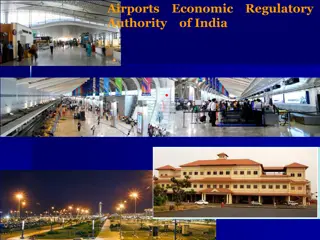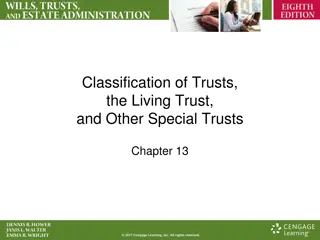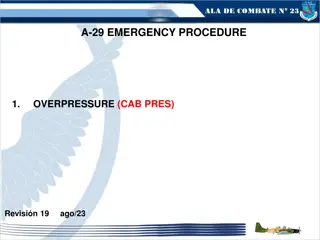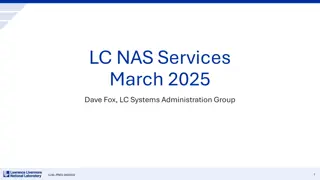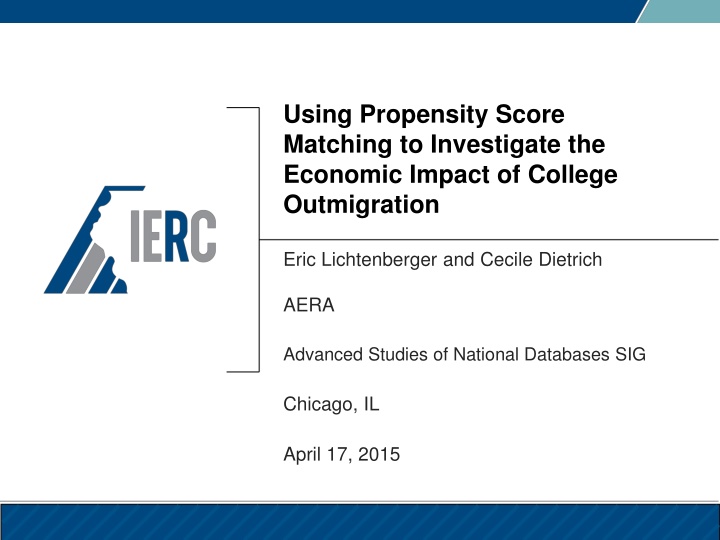
Investigating Economic Impact of College Outmigration in Illinois
Explore the economic implications of college outmigration in Illinois, focusing on factors related to student retention and workforce outcomes. Utilizing propensity score matching, the study delves into the effects of outmigration on tax revenue loss and human capital depletion.
Download Presentation

Please find below an Image/Link to download the presentation.
The content on the website is provided AS IS for your information and personal use only. It may not be sold, licensed, or shared on other websites without obtaining consent from the author. If you encounter any issues during the download, it is possible that the publisher has removed the file from their server.
You are allowed to download the files provided on this website for personal or commercial use, subject to the condition that they are used lawfully. All files are the property of their respective owners.
The content on the website is provided AS IS for your information and personal use only. It may not be sold, licensed, or shared on other websites without obtaining consent from the author.
E N D
Presentation Transcript
Using Propensity Score Matching to Investigate the Economic Impact of College Outmigration Eric Lichtenberger and Cecile Dietrich AERA Advanced Studies of National Databases SIG Chicago, IL April 17, 2015
Motivation Outmigration Illinois has historically ranked near the bottom in outmigration. Compounding the problem is the fact that Illinois-based higher education institutions are unable to attract enough high school graduates from outside the state to make up for the loss. In terms of net-migration, Illinois also ranks near the bottom. Outmigrants are more likely to stay out-of-state upon graduation than their counterparts who enrolled in-state (Adelman, 2004). This represents a significant loss of tax revenue for the state (Smith & Wall, 2006). 2
Outmigration Each year the state of Illinois experiences a net loss of roughly 11,000 students. Outmigrants tend to be among the best and brightest Illinois high school graduates (Manley et al., 2013; Smalley et al., 2010). This represents a significant loss of human capital. 3
Research Questions Given the present and historical problem of outmigration, we are left with the following questions: Do outmigrants return home to work and find employment in Illinois? And if so, what are their earnings? How do these Illinois-specific workforce outcomes compare with an observationally equivalent comparison group? Also, among the outmigrants who returns? 4
Data Sources Home grown database ACT/PSAE (all high school graduates from 2003) National Student Clearinghouse (through 2010) College Enrollment Degrees Illinois-specific UI-wage records (through 2013) 5
Creating the Treatment and Comparison Groups End of Study Status (seven years out) for the Illinois High School Class of 2003 (N=128,323) 6
Defining Outmigrants Based on the location of one s bachelor s granting institution Included community college to four-year transfer students 7
Study Group Composition Prior to Matching 10
Study Group Composition Prior to Matching 11
Conceptual Model Predicting Outmigration 12
Matching Methods Required an exact match on region and locale to control for economic and school context Required an exact match on the selectivity of the bachelor s granting institution to control for college context Required an exact match on major (2-digit CIP code) as a post-treatment adjustment Used predicted probabilities to find nearest neighbor Used a caliper of .25 SD units Dummy variable adjustments for those with missing data 13
Matched Pairs: Were from the same region and locale Had nearly the same likelihood of being an outmigrant Graduated from a four-year college with the same Barron s competitiveness rating Had the exact same major associated with their bachelor s degree The only observable difference between each member of the matched pairs was exposure to the treatment 14
Overall Rate of Post-Bachelors Illinois Employment 16
Cumulative Rate of Illinois Employment by Outmigration Status 17
Predicting Illinois Employment by Outmigration Status 19
Major Findings Outmigrants were significantly less likely to gain employment in Illinois relative to stayers. Among the outmigrants, those with stronger academic profiles were less likely to obtain Illinois employment. Further, the outmigrants with the degrees deemed most important for the Illinois economy were even less likely to return to Illinois for employment. 20
Consequences of Outmigration Outmigrants experienced significantly lower rates of Illinois-specific employment relative to the stayers resulting in substantially lower aggregate Illinois wages among the outmigrant group. This in turn, represents some of the negative economic impact that outmigration has on the state of Illinois. 21
Policy Recommendations Data specific recommendations: Entering into data sharing agreements with neighboring states. Graduates of private high schools and the ILDS. Education policy specific recommendations: Increasing affordable postsecondary options for Illinois students. Actively recruiting outmigrants to return to Illinois for work. 22
Illinois Education Research Council Southern Illinois University Edwardsville Eric Lichtenberger, PhD elichte@siue.edu 866-799-IERC (4372) http://www.siue.edu/ierc/ 23











